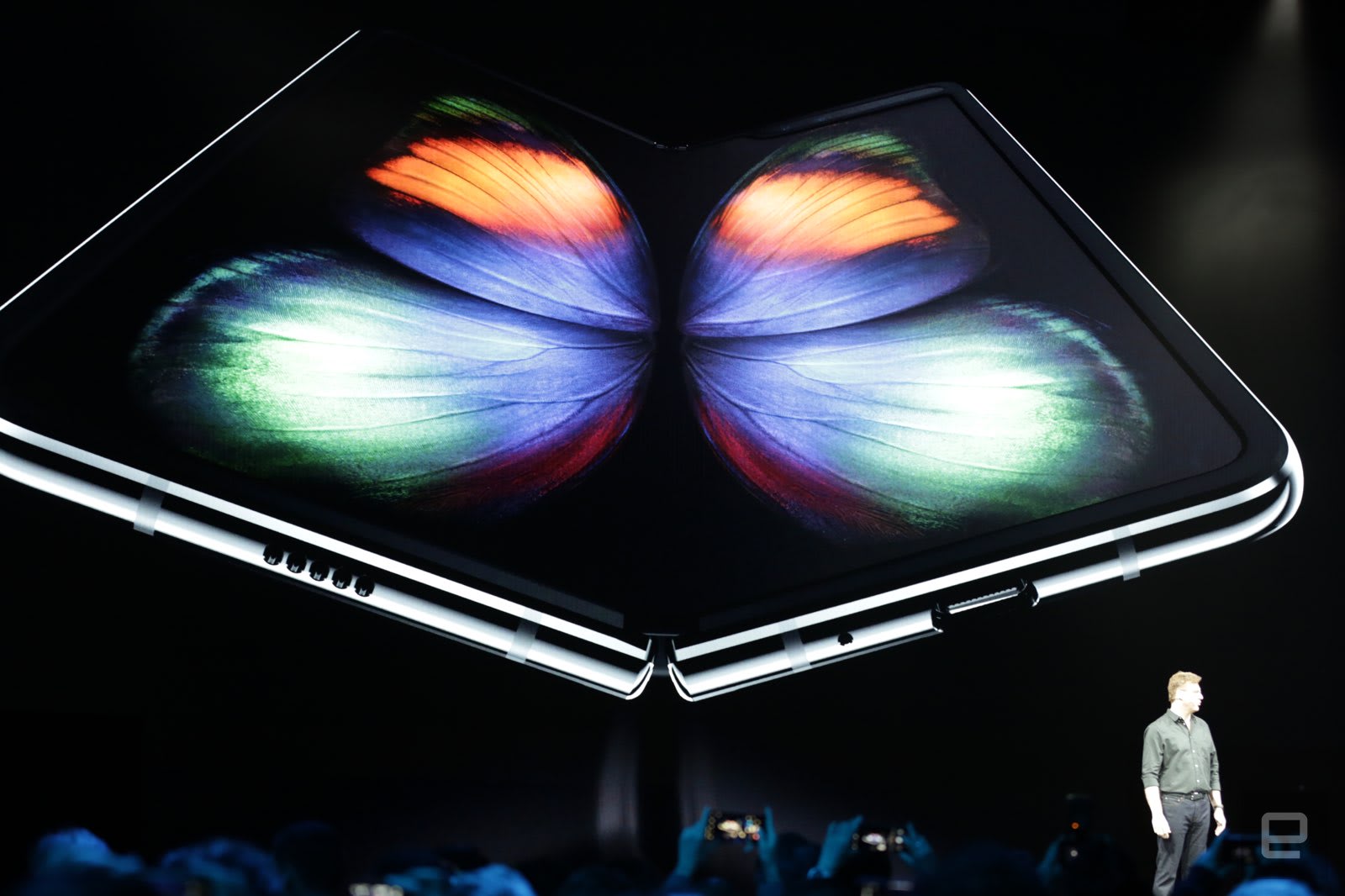 | It's Thursday, February 21, 2019. Hey, good morning!  The last 24 hours was filled with new phone announcements, and they weren’t just from Samsung. If you were looking for something beyond folding devices, we’ve got accidental mics in devices that Google forgot about, and we’ll summarize Huawei’s recent problems -- and whether they will really affect the company’s continued rise.
But at a price. What a price!
 The future of mobile could be foldable. Perhaps. If you’ve got $2,000 at the ready. Samsung finally unveiled its folding marvel, a duel-screened phone-tablet hybrid that looks gorgeous when opened -- and less so when it’s not. To Samsung’s credit, it looks like it’s managed to achieve its promise of a foldable Galaxy phone, which will launch at the end of April. Unfortunately, however, it wasn’t ready for handling at Galaxy Unpacked, and attendees had to make do with the new Galaxy S10 family. Talking of which...
| | Everything that was leaked, and not much more.
 The Galaxy S10 and S10+ are two of four phones Samsung has unveiled, alongside a smaller S10e and a souped-up Galaxy S10 5G. We played with them and they're well-rounded, attractive flagships that, once again, iterate on a proven formula. Samsung's 2019 Galaxy series is an unsurprising mix of high-quality processors and cameras with a sumptuous screen. We've come to expect excellence from the Galaxy S series: Great design, performance, cameras and displays are pretty much table stakes now. On those criteria, the new flagships seem to deliver. But groundbreaking? Maybe not. Both the Galaxy S10 and S10+ arrive on March 8th starting at $900.
| | You'll get most of the S10's features at a lower price.
 Samsung also revealed the Galaxy S10e, delivering most of the regular S10's features in a more affordable package. You'll have a smaller 5.8-inch display, 'just' two rear cameras (more on those in a bit) and a more conventional fingerprint reader, but it's otherwise as fast and eye-catching as its brawnier counterparts. Effectively, it's an iPhone XR for Samsung fans -- something that’s happened many times before now. | | Sponsored Content by StackCommerce | | The company now says its inclusion was 'never intended to be a secret.'
Google's decision to bring Assistant-enabled voice controls to its Nest Secure system is causing a stir almost a year after the integration was rolled out. The problem is no one actually knew the security device, launched in September 2017, packed a microphone in the first place. Google built a mic into its Nest Guard -- a small hub with a keypad on top that communicates with the other sensors in its Secure system -- but failed to mention it in its product materials, reports Business Insider. Asked about the microphone's existence, Google said it was "never intended to be a secret." Eep.
| | The agency will conduct its final technological demonstrations in Nevada and Texas.
 NASA is ready to put its drone-traffic management system to the ultimate test and has chosen Nevada and Texas as its final testing sites. The agency, together with the FAA, has been developing an Unmanned aircraft Traffic Management (UTM) system over the past four years in an effort to figure out how to safely fly drones in an urban environment. Now that the project is in its last phase, it’s ready to conduct a final series of technical demonstrations.
| | But wait, there's more... | | | |













No comments:
Post a Comment